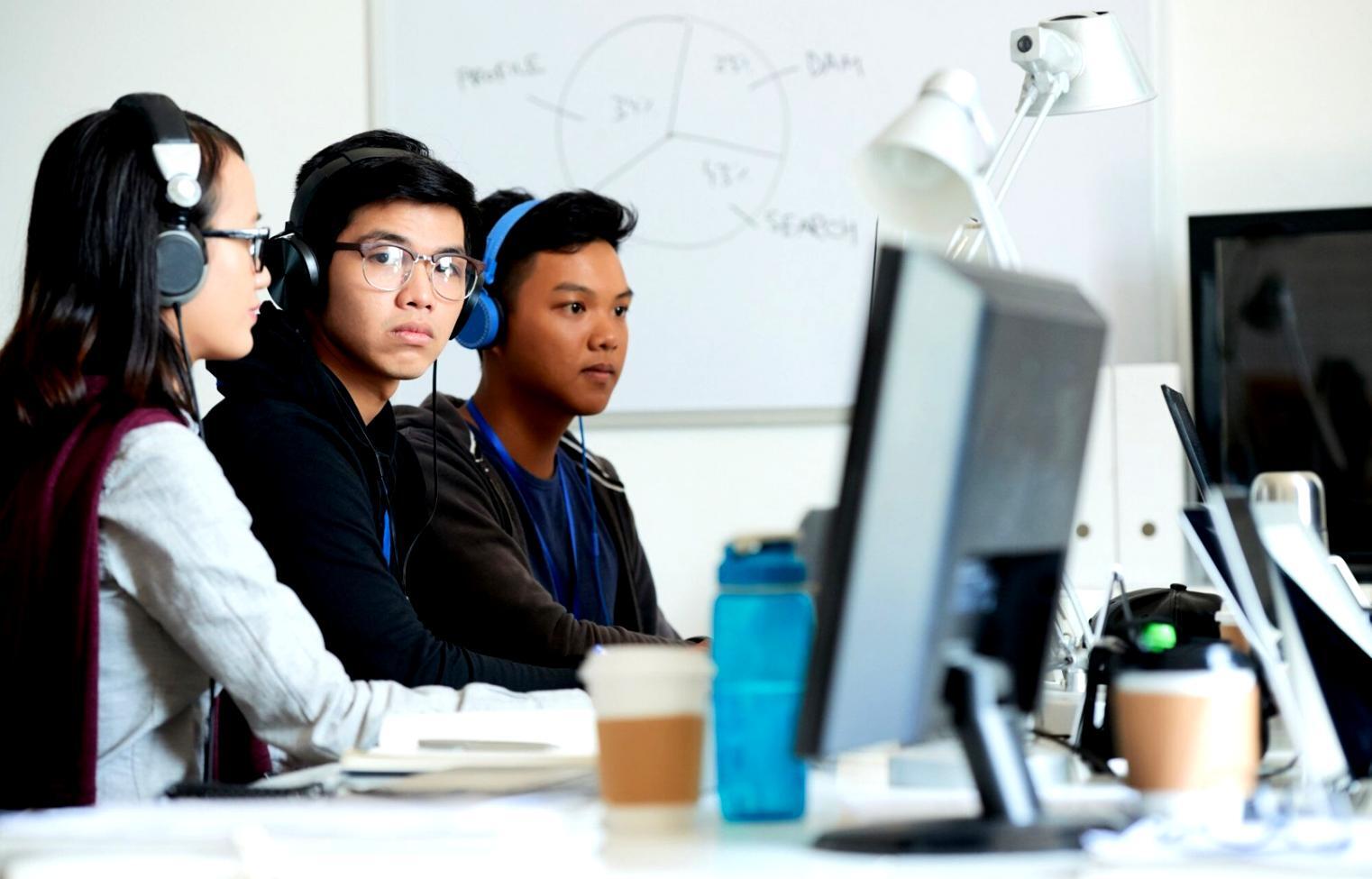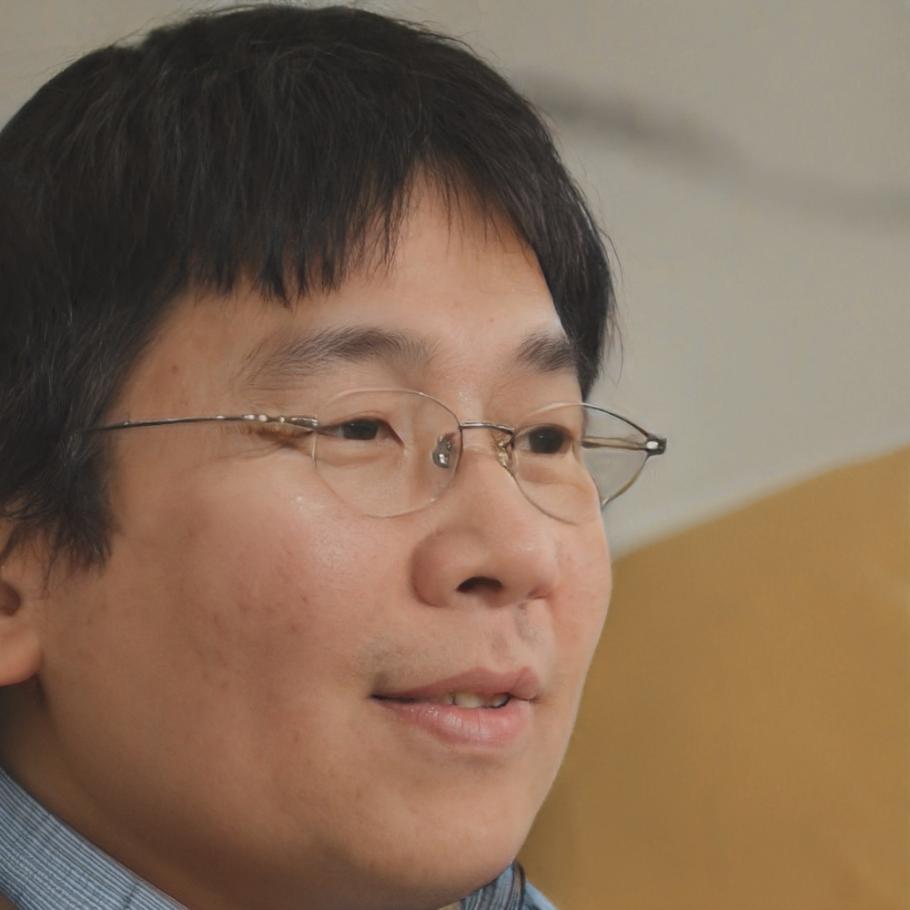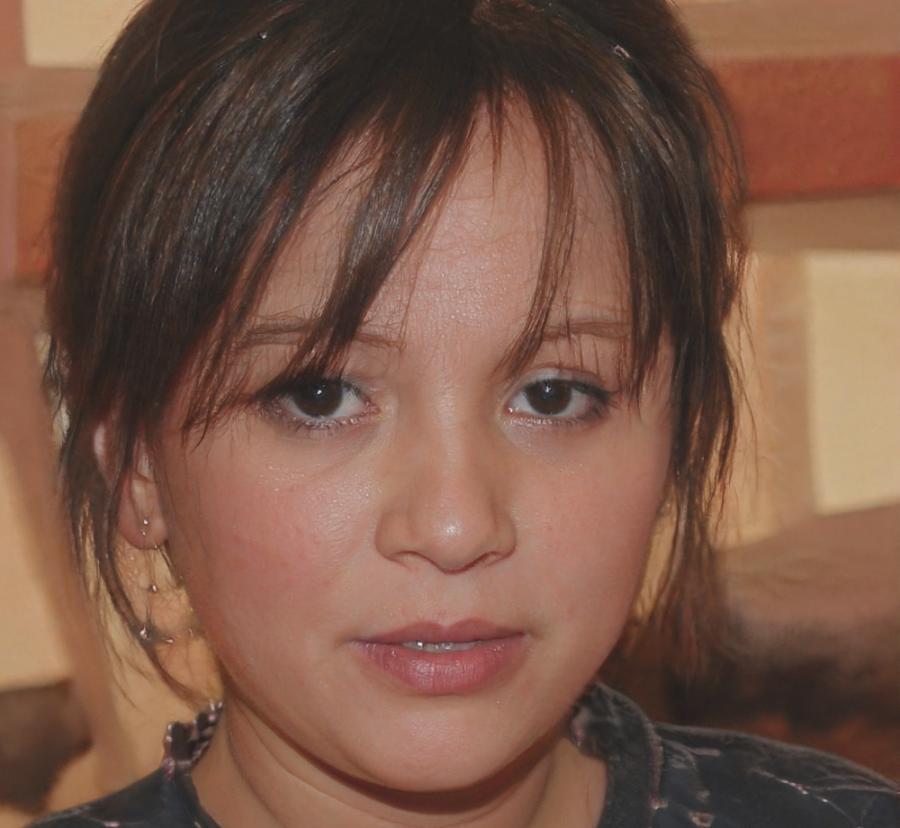Game Physics Through Practice
You know those moments in games where something just feels right? When a car drifts around a corner or a character lands with weight? That's physics—and it's not as intimidating as it sounds.
Our autumn 2025 program walks through the actual process. Not abstract theory. Real projects where you'll build collision systems, rigid body simulations, and particle effects that behave like they should.
Ask About September Intake
What You'll Actually Build
Three focused modules spread across fourteen weeks. Each one builds on what came before, so nothing feels random or disconnected.
Collision Detection
Starting point for everything. Weeks 1-5 cover how objects know they've hit something—and what happens next.
- Bounding volumes and spatial partitioning
- Sweep testing for fast-moving objects
- Response calculations that feel natural
- Debug visualization tools you'll keep using
Rigid Body Dynamics
This is where things get interesting. Weeks 6-10 focus on making objects move with believable mass and momentum.
- Integration methods that stay stable
- Friction and restitution tuning
- Constraint solving for joints and hinges
- Performance profiling for complex scenes
Particle Systems
Final stretch in weeks 11-14. You'll create explosions, smoke, fluid effects—anything that needs thousands of small pieces working together.
- Emitter design and lifetime management
- Force fields and environmental effects
- GPU acceleration techniques
- Artistic control without killing framerate
Who's Teaching This
Two people who've spent years debugging physics systems for actual shipping games. They've made the mistakes so you won't have to.

Batbayar Tsend
Spent six years at a mid-size studio working on racing games. The kind where players notice immediately if tire grip feels off. Now he teaches the debugging approaches that saved him during countless crunch periods. Expects you to ask questions when something doesn't make sense.

Ganbat Erdene
Came up through mobile games where every millisecond counts. Knows more optimization tricks than anyone should. He'll show you how to make complex simulations run on hardware that shouldn't be able to handle them. Sessions run long when people get stuck—he doesn't mind.
How This Program Actually Works
Two evening sessions per week, plus weekend lab access when you need to hammer through a problem. September 8, 2025 start date gives everyone time to sort out schedules.
Classes meet Tuesday and Thursday evenings from 6:30 to 9:00 PM. That's real instruction time, not including the lab hours when Batbayar or Ganbat are around for questions. Most people find they need three to five extra hours weekly to keep up—less if you've coded before, more if physics feels new.
Program Structure
Weeks of Instruction
Runs through early December 2025, finishing before holiday schedules get hectic. Two-week break mid-October so everyone can catch their breath.
Maximum Class Size
Small groups mean you get actual feedback on your code. Nobody disappears into the back of the room. If you're stuck, someone notices.
Portfolio Projects
Each module ends with something you can show employers. Not perfect—nothing ever is—but functional enough to demonstrate you understand what's happening under the hood.

